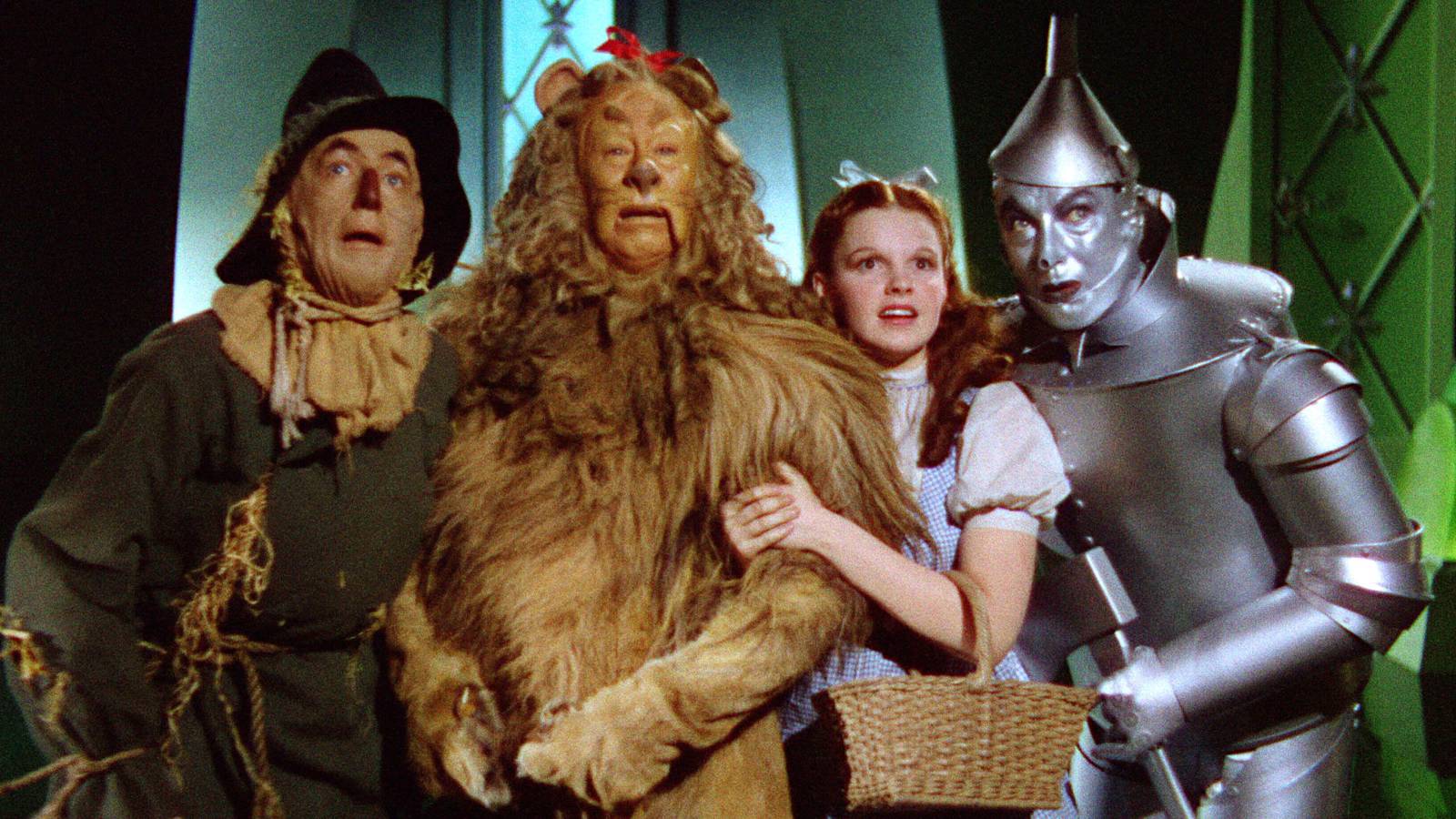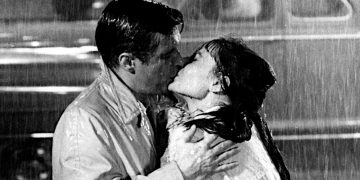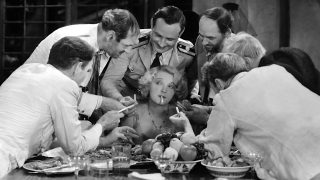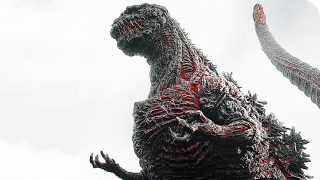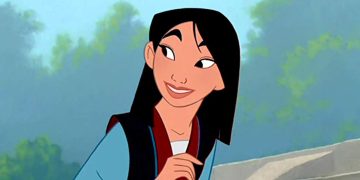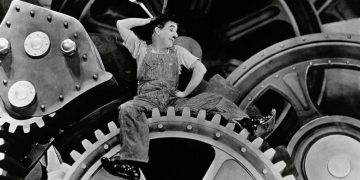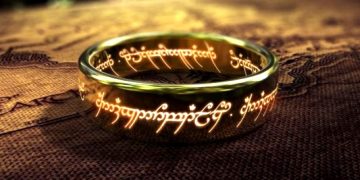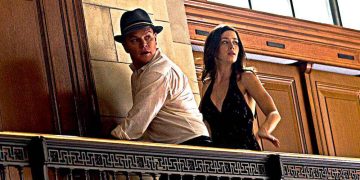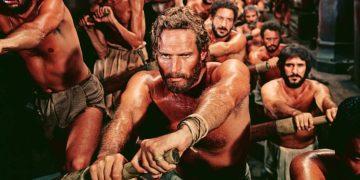World Wars... The Great Depression... The people of the 1930s needed a solid distraction from cold, hard world around them. Luckily, the "moving picture" had recently been invented and evolved beyond silent short films into Technicolor feature films.
This Golden Age of Hollywood loved a good epic, romance, or family flick, relying on big studios and star contracts to entice audiences. This crucial decade in cinema history became the forerunner for so many of today's popular genres, technologies, and styles.
Here are some of the greatest and most iconic movies from the 1930s that showcase the best of what this decade of cinema had to offer.
10. Frankenstein (1931)
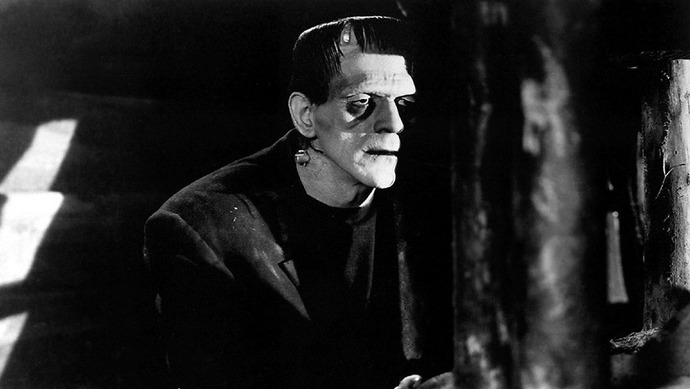
Directed by James Whale
Starring Colin Clive, Mae Clarke, Boris Karloff
Drama, Horror, Sci-Fi (1h 10m)
Frankenstein is a tale as old as time, and one we've all come to know. Written by Mary Shelley, the Gothic classic tells the story of a mad scientist who creates a creature out of different body parts.
The experiment leaves Victor Frankenstein with a hideous-looking semi-conscious monster that's out for revenge. Filmmakers have retold this story time and again, but one of the very best versions remains the early adaptation by James Whale.
Boris Karloff perfectly embodies The Monster in this iconic pre-Code talkie, where the real horror goes beyond that of beasts and shadows and into the existential. In fact, The Monster proves to be not so bad and instead a tragic hero of childlike sensitivity.
9. Mr. Smith Goes to Washington (1939)
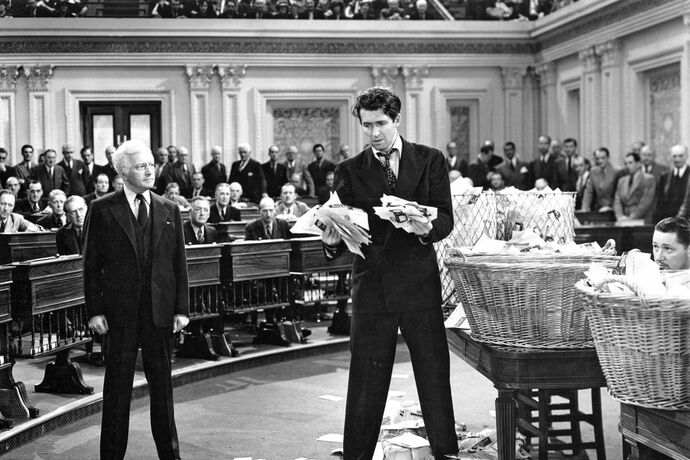
Directed by Frank Capra
Starring James Stewart, Jean Arthur, Claude Rains
Comedy, Drama (2h 9m)
Jimmy Stewart was Hollywood's sweetheart; the everyman hero that all audiences could relate to and root for.
In Frank Capra's endearing political drama, Stewart plays a leader of the Boy Rangers with a strong moral compass. Jefferson Smith is elected as Senator, but becomes disillusioned by the corruption around him. A brave idealist who refuses to keep quiet, Mr. Smith goes to make change.
Sure, Mr. Smith Goes to Washington might be a little corny, but what's wrong with instilling some hope in audiences every now and again? Especially back during a decade full of war and hardship!
8. King Kong (1933)
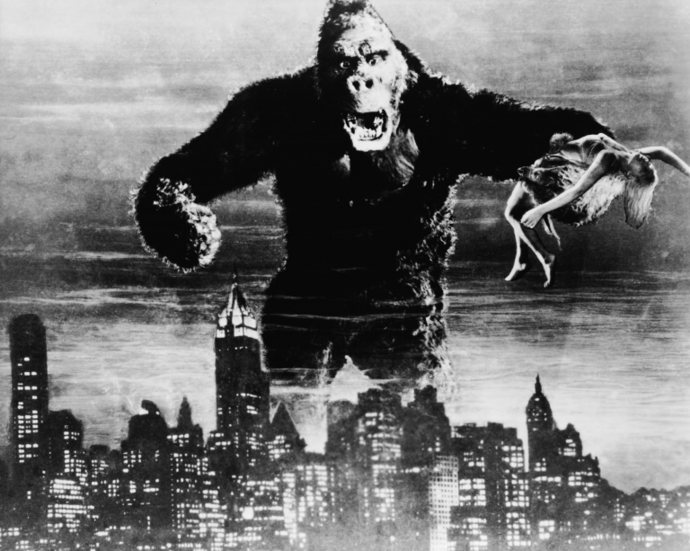
Directed by Merian C. Cooper and Ernest B. Schoedsack
Starring Fay Wray, Robert Armstrong, Bruce Cabot
Adventure, Horror, Sci-Fi (1h 40m)
Comparing the visual effects of King Kong to modern day films is a kind of mad experience. Back in 1931, the miniature models and matte painting techniques of this fantasy-drama were ground-breaking.
It's incredible to see how far technology has come, but just because the stop-motion animation isn't up to today's standards doesn't mean King Kong isn't a masterpiece.
You probably know the story, but we'll remind you of it anyway: while location scouting for his newest jungle movie, director Carl Denham discovers an enormous ape that kidnaps his lead actress. Once rescued, Carl decides to capture the ape back.
Merian C. Cooper and Ernest B. Schoedsack really changed the game with this one, directing the first installment of what would become the King Kong franchise.
7. M (1931)
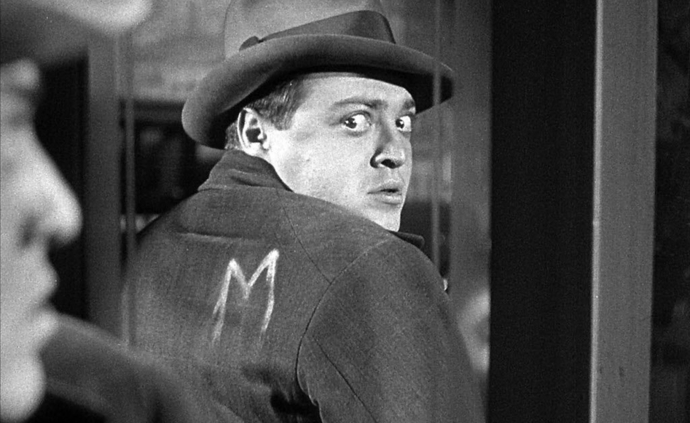
Directed by Fritz Lang
Starring Peter Lorre, Ellen Widmann, Inge Landgut
Crime, Mystery, Thriller (1h 39m)
A German thriller from legendary director Fritz Lang, M is Lang's first movie with sound. Peter Lorre stars as Hans Beckert in his breakthrough role: a child serial killer who despises his own homicidal urges.
Set in Berlin, Beckert is chased down by criminals and given an improvised lawyer for his "trial." It's all a bit sketchy, but brilliant to watch. Musical motifs and an avalanche of smooth tracking shots make M a great movie to study—or just sit back and appreciate!
Anti-heroes were a lot less common back in the 1930s, with most movies having a cut-and-dry hero that viewers could aspire to be. M challenged this idea, and also became an early example of the procedural drama.
6. Snow White and the Seven Dwarfs (1937)
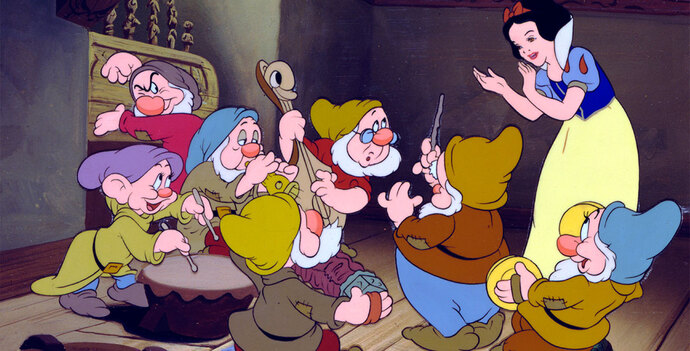
Directed by David Hand, Perce Pearce, William Cottrell, Larry Morey, Wilfred Jackson, and Ben Sharpsteen
Starring Adriana Caselotti, Roy Atwell, Pinto Colvig
Animation, Adventure, Family (1h 23m)
I bet you thought it was "Mirror, mirror," huh?
This one might be a kids' film, but it was also a landmark in the development of Disney and animation as a whole. Snow White and the Seven Dwarfs was the first feature movie from Walt Disney, later leading to a string of animated classics (the next one being Pinocchio in 1940).
Adriana Caselotti is the voice of the orphaned princess, who hides away from the huntsman out for her heart (literally) in a little woodland cottage with seven dwarfs.
Based on the 1812 Brothers Grimm fairy tale, this musical was directed by David Hand and painstakingly drawn by a host of animators for whom we don't have enough room to credit all here.
The cultural significance of Snow White and the Seven Dwarfs makes it an interesting watch for adults, tapping into the nostalgia of their childhood days spent watching old-school Disney. The hand-drawn cel animation still holds up today, playing out like a postcard come to life.
5. Stagecoach (1939)
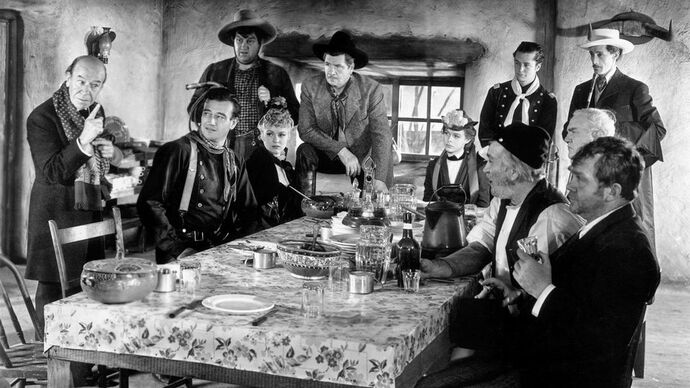
Directed by John Ford
Starring John Wayne, Claire Trevor, Andy Devine
Adventure, Drama, Western (1h 36m)
This list wouldn't be complete without a Western, now would it? Stagecoach is one of renowned director John Ford's best movies, adapted from the short story The Stage to Lordsburg by Ernest Haycox.
John Wayne stars as the outlaw Ringo Kid, whose mere presence threatens the other passengers bound for New Mexico. An alcoholic, a salesman, and a disgraced lady are also on board the Overland stagecoach, riding through the West in anticipation of an Apache attack.
Stagecoach's clear direction, colorful characters, and grand-yet-rugged visuals transformed the reputation of Westerns from B-movies into sophisticated cinema. It might seem the same as any other Western, but that's because it was one of the first!
4. Modern Times (1936)
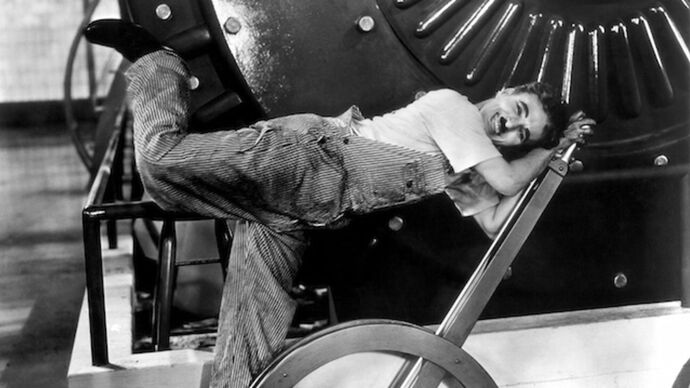
Directed by Charlie Chaplin
Starring Charlie Chaplin, Paulette Goddard, Henry Bergman
Comedy, Drama, Romance (1h 27m)
Charlie Chaplin was beloved for his ability to make audiences both laugh and cry in a single sitting. Back in the 30s, films were either comedy or drama, not both. No, that was too revolutionary an idea!
Chaplin's iconic caricature of The Tramp—a childlike hobo with a heart of gold and cursed bad luck—featured in many of his movies. Modern Times is one of the best of those movies.
Modern Times follows The Tramp's stint working in a factory. The stress and monotony of the assembly line—still pretty new at the time—causes The Tramp to have a nervous breakdown.
Then, he's arrested for being a supposed Communist, accidentally ingests some cocaine, and crashes a paddy wagon. That's all followed by multiple more arrests. It sounds pretty wild for an old silent movie, but audiences ate it up—and so did we!
Chaplin's talented visual gags have aged well over the years, and Modern Times offers a keen observation on the mechanization of human beings.
3. The 39 Steps (1935)
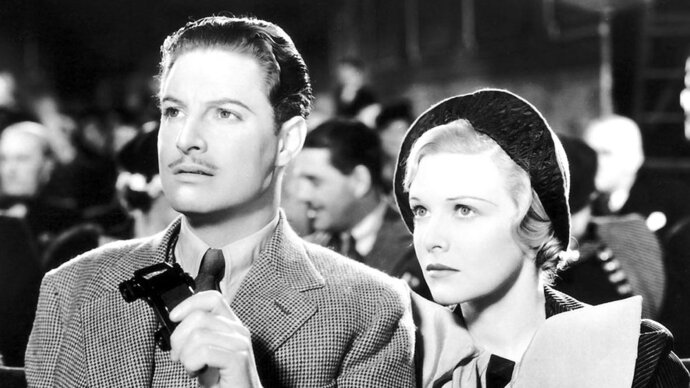
Directed by Alfred Hitchcock
Starring Robert Donat, Madeleine Carroll, Lucie Mannheim
Crime, Mystery, Thriller (1h 26m)
Alfred Hitchcock is the king of thriller, the pioneer of the slasher genre, and the director of the first British talkie. One of his first masterpieces was The 39 Steps, which established many of his trademarks: crime, murder, blonde women, cameo appearances, and the use of a MacGuffin.
An espionage adventure that Orson Welles publicly praised, The 39 Steps grounds its far-fetched narrative in finely tuned pacing and cinematography, with Hitchcock famously relying on storyboards to intricately plan out every detail.
Robert Donat stars as Richard Hannay, who mistakenly gets embroiled in a spy ring while vacationing in London. The 39 Steps was remade in 1959 by Ralph Thomas, and is even set for another remake—a Netflix adaptation starring Benedict Cumberbatch in 2022.
2. The Wizard of Oz (1939)
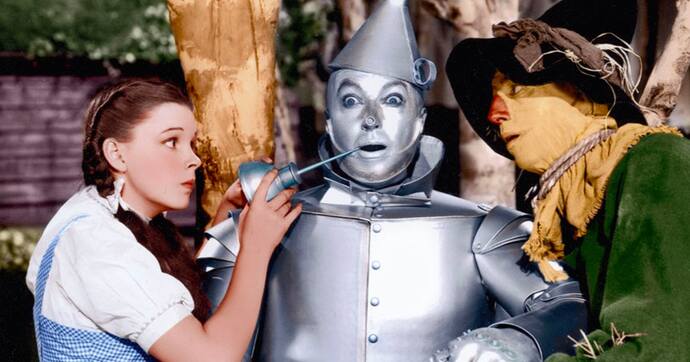
Directed by Victor Fleming
Starring Judy Garland, Frank Morgan, Ray Bolger
Adventure, Family, Fantasy (1h 42m)
Everybody has seen The Wizard of Oz, right? It's hard to believe this family classic was a financial flop at the box office, but that was likely due to its crippling production problems rather than unpopularity.
Judy Garland headlines in her defining role, playing the sweet-natured Dorothy Gale at just sixteen years old. Dorothy sings her way down the yellow brick road in the magical land of Oz, hoping that the Emerald City will provide the answers she needs to get back home.
There are a whole host of rumors circling around this film—some confirmed, some ludicrous—which only adds to its popularity and intrigue. The Wizard of Oz had four directors (Victor Fleming ultimately got the credit) and implemented an early use of Technicolor, which only piled onto the stress of production.
1. Gone With the Wind (1939)
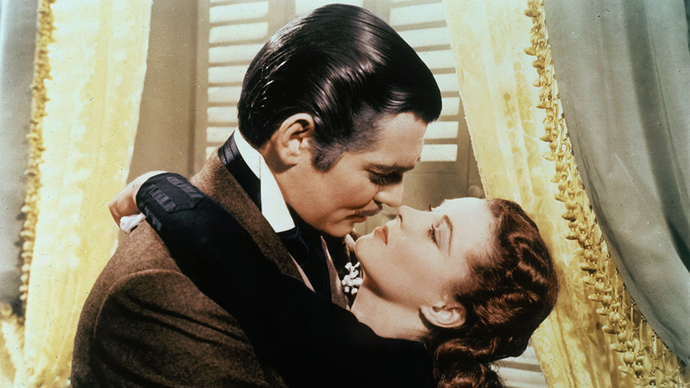
Directed by Victor Fleming
Starring Clark Gable, Vivien Leigh, Thomas Mitchell
Drama, Romance, War (3h 58m)
Get ready for a blast to the past with this epic war drama, directed by Victor Fleming. Based on the 1936 novel by Margaret Mitchell, Gone With the Wind is set against the backdrop of the American Civil War, where Scarlett O'Hara lives an idyllic life on the Tara plantation in Georgia.
But her dreamy lifestyle doesn't last long when the South is ripped apart by battle. This classic period drama traces Scarlett's troubled journey, falling for the cynical-yet-charming Rhett Butler (played by Clark Gable).
Scarlett is a rare example of an anti-heroic protagonist in a sweeping 30s romance movie—and a female one at that! She's spoiled, selfish, and insecure, yet intelligent and surprisingly enduring, defying society's expectation that women should remain delicate.
Keep going with our complete series of articles on all the most popular and iconic movies by every decade:
